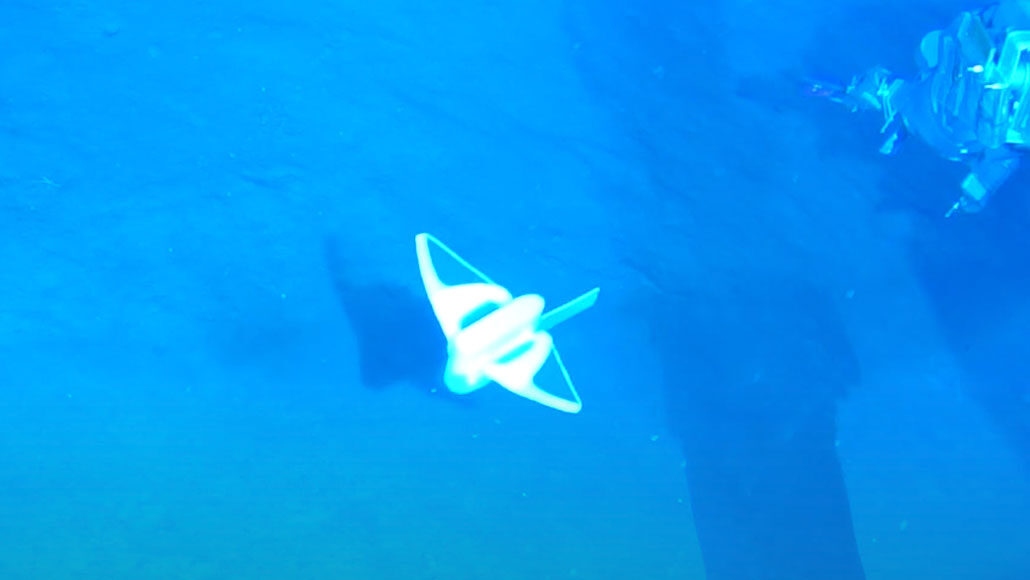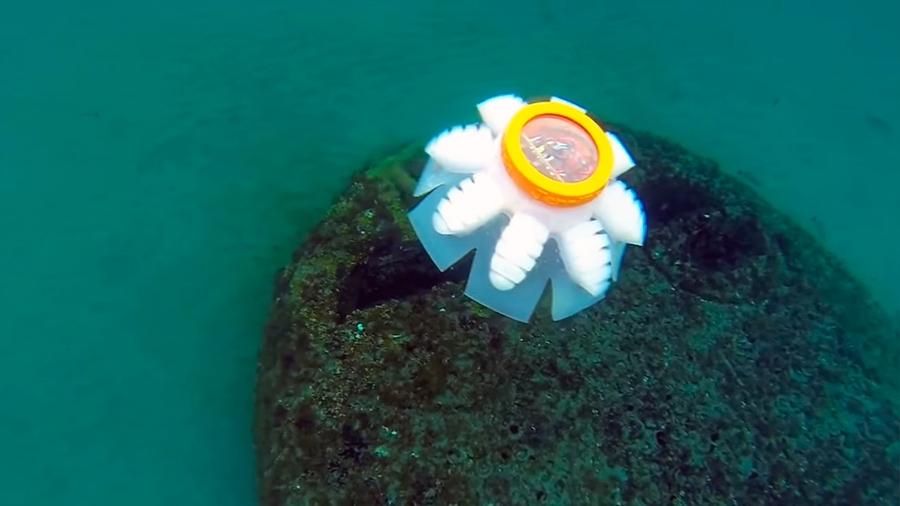Comments
- No comments found

The widespread use of plastic has led to significant environmental challenges.
As plastics break down into smaller particles, including microplastics and nanoplastics, they pose a serious threat to aquatic ecosystems, marine life, and potentially human health. Traditional methods for removing these minuscule plastic fragments have proven ineffective or costly.
In order to tackle plastic waste in oceans, researchers at the Central European Institute of Technology (CEITEC) at Brno University of Technology have developed a groundbreaking solution: magnetic algae robots (MARs). This article delves into the development, mechanism, advantages, and future potential of MARs in the context of plastic waste cleanup.

Plastic pollution is a pressing environmental concern, with plastics ranging from single-use items to larger debris ending up in rivers, oceans, and other aquatic environments. These plastics undergo a process of degradation, breaking into smaller pieces known as microplastics (smaller than 5 mm) and nanoplastics (smaller than 1000 nm). These minute plastic particles persist in the environment for decades to centuries. They pose a severe risk to marine life as they are ingested by fish and other aquatic organisms, causing harm to their health, digestion, and reproduction. Furthermore, microplastics have the potential to absorb other pollutants in the water, such as heavy metals and organic contaminants. These pollutants can then accumulate in the food chain, raising concerns about the long-term impact on human health.
Efforts to combat this plastic pollution crisis have led to the development of various solutions. However, existing methods often face challenges such as complexity, cost, and inefficiency. The advent of magnetic algae robots offers a novel approach to address the issue of micro- and nanoplastic pollution efficiently.
The magnetic algae robots, known as MARs, represent a pioneering approach to tackle the problem of tiny plastic fragments in aquatic environments. Unlike conventional mechanical devices, MARs are micro/nano-sized particles composed of a combination of different functional materials. These eco-friendly, biodegradable MARs are created by attaching magnetite nanoparticles to cells of Chlorella vulgaris, a species of green microalgae. The unique composition of MARs makes them easy and cost-effective to produce in large quantities.
One of the distinguishing features of MARs is their negative electrostatic charge, which arises from the presence of carboxylic acid groups on their surface. This charge facilitates the electrostatic attraction of positively charged micro/nanoplastics. By harnessing the power of magnetite nanoparticles, which carry a positive charge, MARs can be remotely controlled using an external magnetic field. This technology simplifies the manipulation of MARs during the cleanup process, eliminating the need for complex procedures.
The magnetic attraction between MARs and micro/nanoplastics is a key component of the cleanup process. When MARs are introduced into contaminated water samples containing positively charged plastic particles, they move under the guidance of an external magnetic field. As they traverse through the water, they capture microplastics and nanoplastics, effectively removing them from the environment. This process is driven by the electrostatic interaction between the negatively charged MARs and positively charged micro/nanoplastics.
To assess the effectiveness of MARs in plastic removal, the research team conducted experiments using a fluorescent variant of polystyrene, a commonly used plastic. The size of the polystyrene particles ranged from 2 μm to 50 nm. By comparing the fluorescence intensity of water samples before and after treatment with MARs, the researchers could quantify the amount of plastic removed. The results were highly encouraging, demonstrating high removal efficiency for both nanoplastics (92%) and microplastics (70%).
Furthermore, the recyclability of MARs was investigated. After capturing plastic particles, MARs could be washed, and the captured plastics removed. Even after five cycles of washing, MARs maintained impressive efficiency, with an 80% capture rate for nanoplastics and 54% for microplastics. This resilience and recyclability make MARs a sustainable and cost-effective solution for plastic waste cleanup.

While MARs have shown great promise, some challenges and future opportunities deserve consideration. The initial experiments have primarily focused on capturing positively charged plastics. Researchers acknowledge the need to develop a system capable of capturing negatively charged micro/nanoplastics. This expansion of functionality could significantly enhance the capabilities of MARs in addressing plastic pollution comprehensively.
The biodegradability and long-term environmental effects of magnetite nanoparticles and MARs warrant further investigation. Ensuring that these nanoparticles do not lead to toxicity issues is crucial, and research in this area is ongoing.
Overall, the introduction of MARs offers an innovative solution to the critical issue of micro- and nanoplastic pollution. It leverages the power of magnetite nanoparticles, eco-friendly algae cells, and electrostatic interactions to efficiently remove plastics from aquatic environments. While MARs may not entirely replace existing methods, they have the potential to complement other approaches and contribute to more effective plastic waste cleanup.
The development of magnetic algae robots (MARs) represents a significant advancement in the quest to address plastic pollution in aquatic environments. MARs offer an innovative approach to capturing micro- and nanoplastics efficiently. Their biodegradability, recyclability, and low production costs make them a promising solution for a persistent environmental challenge. As research on MARs continues, these magnetic algae robots may play a pivotal role in safeguarding our oceans and aquatic ecosystems from the harmful effects of plastic pollution.
Leave your comments
Post comment as a guest